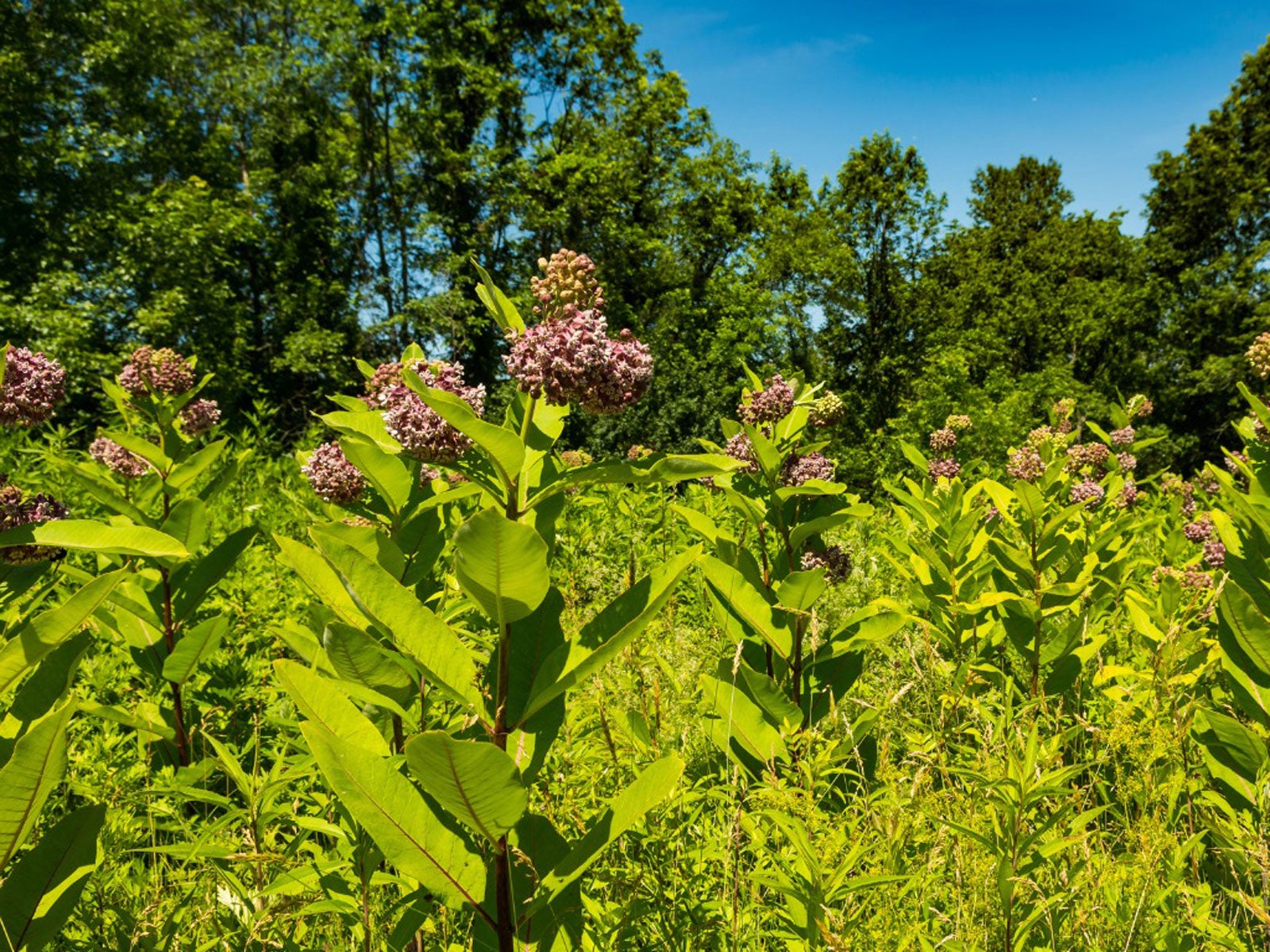Milkweed Cutting Propagation: Learn About Rooting Milkweed Cuttings


If you have a butterfly garden, chances are you grow milkweed. The leaves of this native perennial plant are the only food source for caterpillars of monarch butterflies. The survival of this species hinges upon the sheer number of milkweed plants available to them.
Milkweed Cutting Propagation
Although it can be started from seed, milkweed cutting propagation is an alternative method for increasing the number of milkweed plants in your butterfly garden. It's not much more complicated than taking cuttings of milkweed and rooting milkweed cuttings in a suitable medium.
Follow these steps to increase your chances of successfully growing milkweed from cuttings:
- When to take milkweed cuttings: Mid-summer, when the stems are green and herbaceous is the ideal time to take cuttings of milkweed. It takes six to ten weeks to go from rooting milkweed cuttings to having plants ready for transplant in the garden. This allows sufficient time for fall-planted milkweed to become established before winter.
- How to take cuttings: Using a sharp knife or pruning shears, clip off green stems which have three to five leaf nodes. These should be about 4 inches (10 cm.) long. Remove the lower leaves from the clipping so that only the top two pairs remain. This reduces water loss while the milkweed is rooting.
- Choosing a medium for cuttings: Due to low oxygen levels, milkweed roots poorly in soil-based mediums. Gardeners can make their own rooting medium by mixing an 80/20 ratio of perlite to peat moss or a 50/50 ratio of sand to perlite, peat, or vermiculite.
- Rooting cuttings: Lightly scrape the bottom of the milkweed stem before coating it with a rooting hormone. Use a stick to poke a hole in the rooting medium and gently insert the base of the milkweed stem. Push the rooting medium firmly around the stem to provide support.
- Caring for cuttings: Place milkweed cuttings in a shady area outside. Avoid direct sunlight while the milkweed is forming roots. Gently spray the soil and leaves daily, making sure the rooting medium doesn't dry out. Using recycled 2-liter bottles as mini-greenhouses can help retain moisture on hot summer days.
- Transplanting new plants: Once the milkweed cuttings have rooted, it's time to transplant them in the garden. Some species of milkweed grow long tap roots and can be difficult to move, so it's best to choose a location where your new milkweed plants can grow undisturbed for years to come.
Sign up for the Gardening Know How newsletter today and receive a free copy of our e-book "How to Grow Delicious Tomatoes".

Laura Miller has been gardening all her life. Holding a degree in Biology, Nutrition, and Agriculture, Laura's area of expertise is vegetables, herbs, and all things edible. She lives in Ohio.